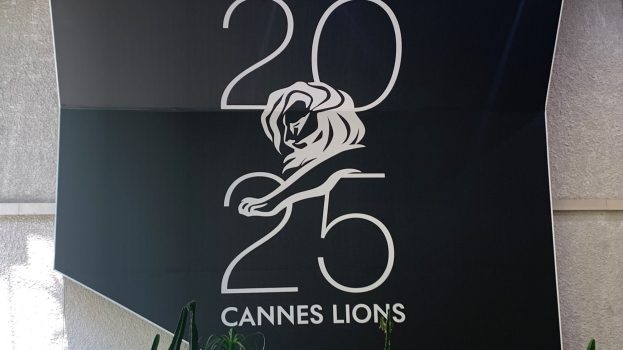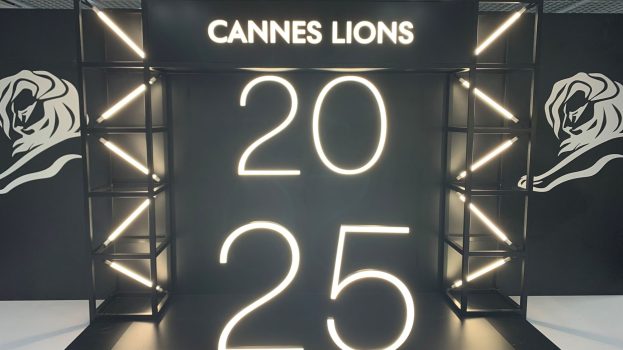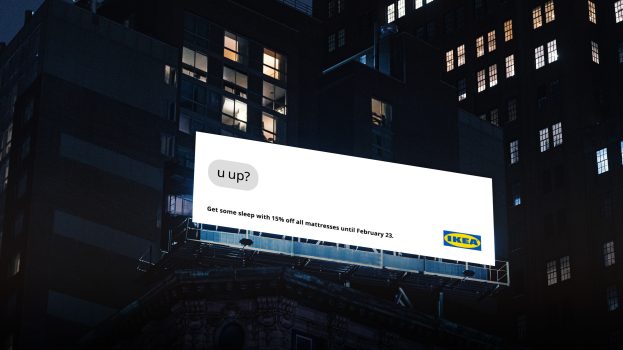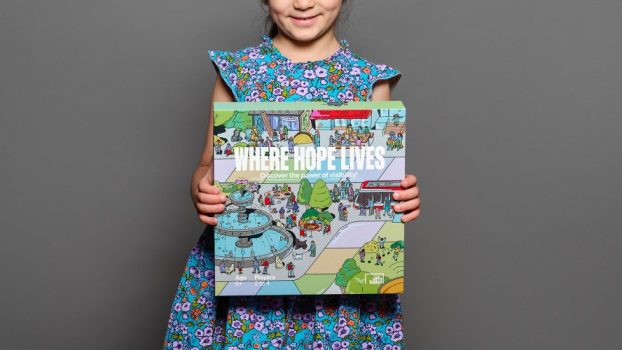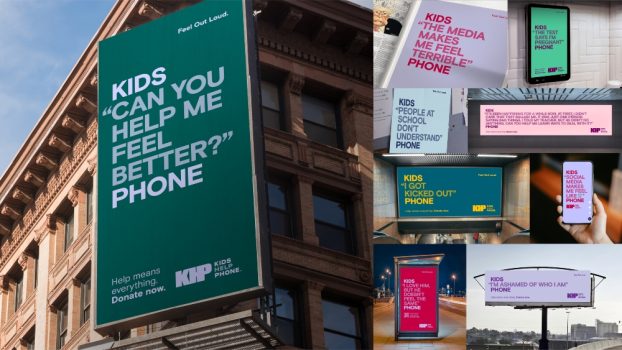Retailer of Distinction: Sporting Life
Reason: Customer Service
The key to great customer service is staff training, says David Russell, president of Sporting Life, a sporting goods and fashion retailer in Toronto.
New sales employees are enrolled in a rigorous training program of up to 40 hours that emphasizes the generic aspects of clothing, footwear and sports equipment.
‘It’s not so much sales training as product training,’ Russell says. ‘We take apart a ski for them and say `Let’s understand the basic principles of skiing and why skis are engineered the way they are.’ Then we review specific materials and their properties.
‘If the employee can pick up an item with a gore-tex lining, and they know the principles of gore-tex – that it’s light, that it’s waterproof – they can talk intelligently about it,’ Russell says. ‘In the consumer’s eye, that comes across as great customer service.’
In the case of fashion designers Ralph Lauren, Adrienne Vittadini and others, the company reviews the history of the firm, its vision and what features are particular to the brand.
Russell says staff are tested to ensure they have a firm grasp of the basics.
He says as well, the company hires people who participate in sports or outdoor activities, and have an appreciation of the lifestyle.
Staff meet 15 minutes before the start of every shift to talk about new products, review the most recent print ad and to discuss any complaints.
‘Very often, you can walk into a store and the employee doesn’t know there was an ad, or what was featured, or where an item has been moved to, because it’s never explained to them,’ Russell says.
‘We don’t think we’re genius buyers, or genius advertisers,’ he says. ‘We think retail is execution, execution, execution.
‘Some guy could open up across the street from us, buy all the same lines we have, but still not be successful.
‘The difference between us and our competitors is how we deliver to our customers. That’s the reason for the success that we’ve had and the reason for our success in the future.’
Q. In what order of importance do you place the following categories: merchandising; trade and supplier relations; product innovation; customer service; advertising; database marketing; and staff relations?
A. Customer service, merchandising, staff relations, trade and supplier relations, advertising, product innovation and database marketing.
It probably would be better if the last two were reversed. But our problem is not so much sending our customers a letter to keep them coming back, but to make sure that when they are in here, they have the best experience possible.
Q. From where do you get your inspiration?
A. I would say the greatest source of inspiration for us all is the customer. They feed back to you when you’re right, or when you’re wrong.
But we also look at other sporting goods and fashion retailers. We admireThe Gap and what they’ve done, we admire places like Holt Renfrew that have reinvented themselves in the past few years.
We admire Walmart a lot. It seems they have been able to grow a huge company and still generate good feelings among the employees that they are participating in the company’s success.
We’ve always been a single-store operation, and one of the things that scares us is the possibility that by expanding (the company plans to open a bike shop in March 1993), it will reduce our quality. How do we keep up the level of quality and customer service in our operation?
Q. What have been the most startling changes in retail over the past couple of years?
A. Speculative buying is over – that is, people buying an item long in advance of when they had any need or use for it. Even if you’ve got the money, it’s not fashionable.
People are more concerned about quality and durability. They don’t want to buy perishable products anymore, only in very low price points. People want authentic sportswear and sports clothing. People no longer want to be posers, they want to be doers.
Q. What trends can you see on the horizon that will most affect your business?
A. It’s very ’90s to to be worried about how you look. People are less concerned about eating in the fanciest restaurant in town. They want to look good and feel good and that’s going to continue right through the ’90s.
We see the out-of-doors as a great new opportunity. It used to be that people would buy a ski jacket to wear on the street. Now they want a more outdoor look best expressed by [clothing designers] Patagonia, Timberland and Woolrich.
In the past, people buying street clothing wouldn’t have thought of Sporting Life. But when they think of outdoor clothing, they think of us.
Q. What qualities does one need to stay ahead of the pack?
A. You’ve got to be open-minded, you’ve got to look around.
About five years ago, [co-founder and wife] Patti [Russell] said: ‘I’m going to buy these European cycle jerseys and lycra shorts,’ and we thought she had taken leave of her senses because we don’t sell bikes.
But she was right on, way ahead. Patti reads every magazine on the planet and brings them into the buyers to show them what we could be doing.
Q. How do you stay on top of your concept?
A. We are more than casually interested in our business. We try to translate our own life experiences into our operation. We ski, our children ski. We’re in the right demographic. And we have the benefit of having a resource group of people on staff. We watch what they wear.
Q. Tell us how the recession has affected your business.
A. The recession has affected us, but to tell you the truth, we are more affected by the weather. The last few winters, there hasn’t been much snow, and that’s affected our ski business. The last recession we did more business, but it was a great snow year.
But we’re not immune to the recession. It has taken the edge off our outer limits. People have decided they want something more versatile.
We’ve narrowed our skews, we’ve narowed our selection. We’ve tried to become more important to fewer suppliers. We carry less inventory and we manage it better.
And I think a lot of these things are permanent structural changes.

